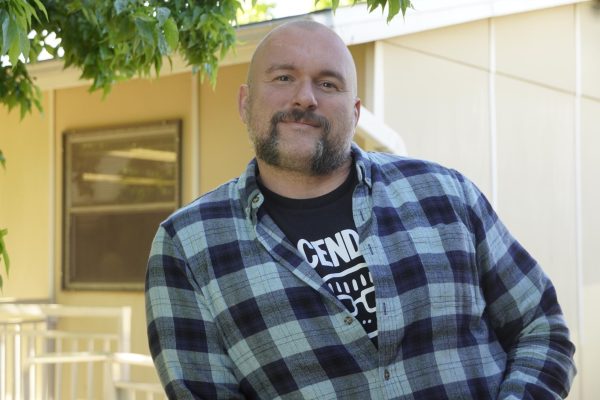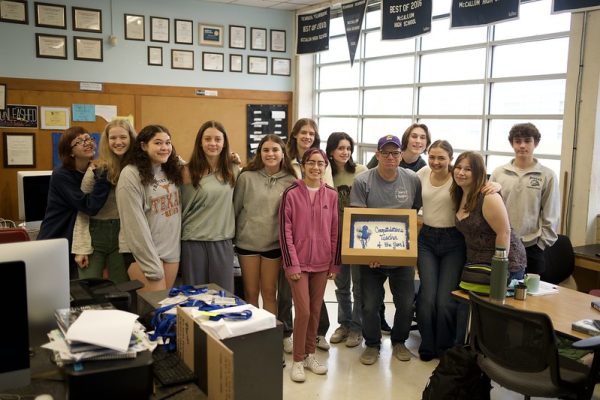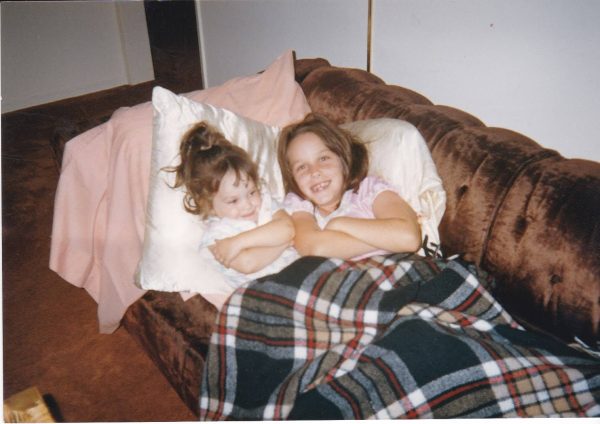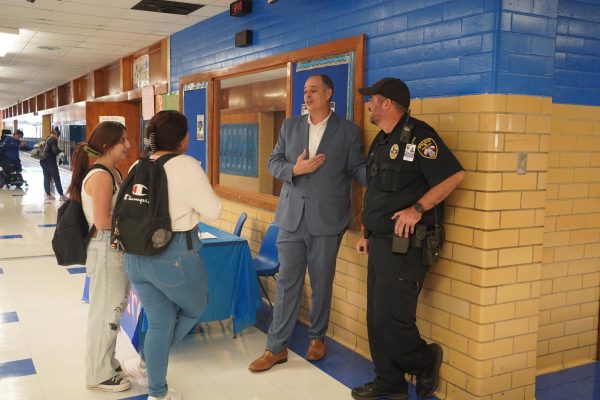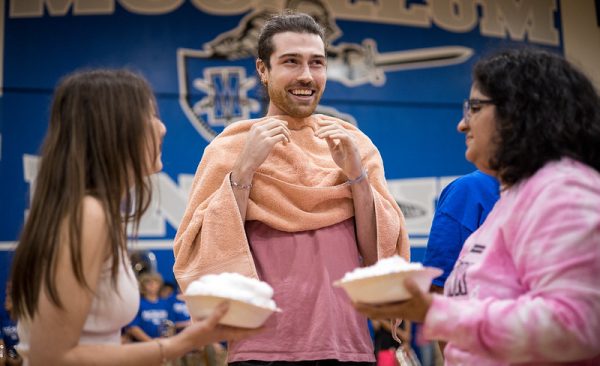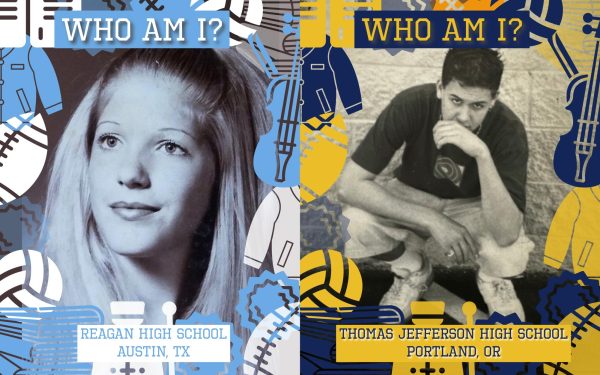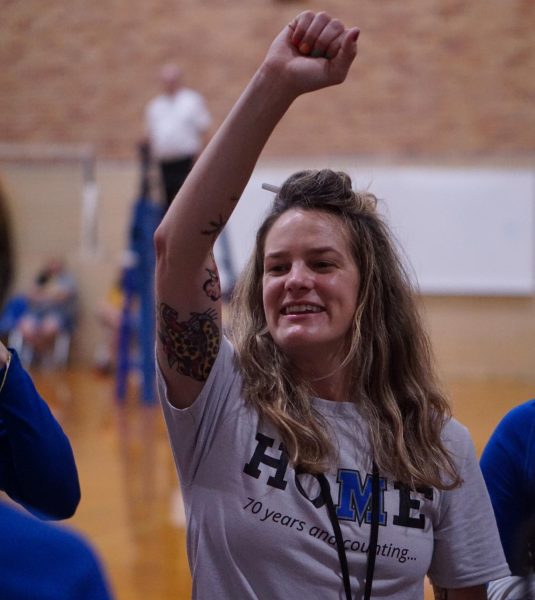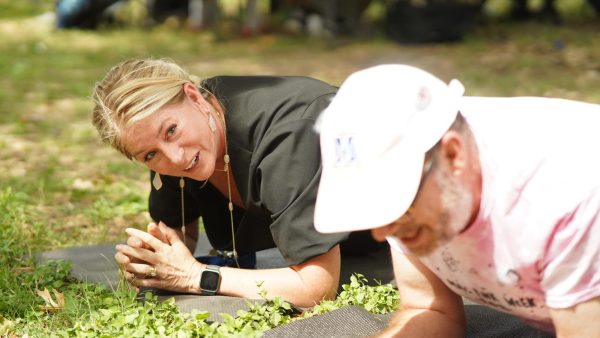Inspired in 2005 to help prospective parents succeed, Moore wrote guide to interracial adoption
Before she became essential member of Fine Arts Academy faculty, Tonya Moore helped families learn to immerse children in their heritage, teach them how to handle racism
January 18, 2021
Tonya Moore’s book begins with a question: “Are Caucasian parents able to raise African-American children who are equipped to handle the challenges they will face in today’s society?”
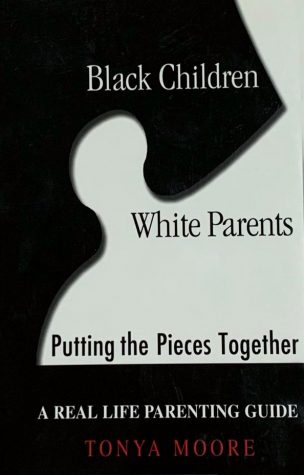
And then an answer.
“Yes—if they receive support and education from the African-American community.”
Mac students may know Mrs. Moore if they are members of the Fine Arts Academy. Her role in recruiting, managing and looking out for magnet members is crucial to the smooth sailing of the Academy.
Many years before her time at McCallum, however, Moore was living in Nebraska with her husband Bezell looking to adopt children. They joined a support group, where they found themselves in the minority as Black parents in a group of couples looking to adopt Black children. As the group progressed through the adoption process, many white parents looked to Moore and her husband for advice on raising a Black child.
“They just swarmed us with questions,” Moore said. “I felt like [answering them] was something that God put on my heart to do.”
And so she did.
In 2005, Moore published her real-life parenting guide, Black Children, White Parents: Putting the Pieces Together. During her three years writing the book, she was working at the Nebraska Children’s Home, where her experiences and job duties would influence aspects of the book.
You teach your kid how to cross the street when a car is coming, and you have to teach them about racism, because it’s going to happen.
— Tonya Moore
“Part of my role there was coaching any families that were adopting or doing foster care for children outside of their race. Any culture,” Moore said. “Whether you were Caucasian and adopting an Asian child, African-American and adopting a Hispanic child, any child that was going to a parent that was not of their race, my role was making sure that those parents were aware that you still need to keep the kids connected to their culture, and make sure that they learn about their culture and their self-identity and that they are aware of everything around them.”
That idea is emphasized throughout the book. In chapter 2, “How to Deal with Racism,” Moore covers ways that parents need to step out of their comfort zones to give their children healthy relationships with their heritage. From experiences talking to Black adults that were raised by white parents, Moore heard that the biggest mistake most parents made was isolating their children from African-American communities or only showing their children poor African-American neighborhoods.
“Black children will begin to believe the negative stereotypes about their race if they are not exposed to positive messages,” Moore writes. “Be supportive when your child wants to explore his or her ethnicity. You must keep in mind that as white parents, you are not experiencing some of these issues personally, and what seems to you like something small that has nothing to do with race can be something big to your child that has everything to do with race.”
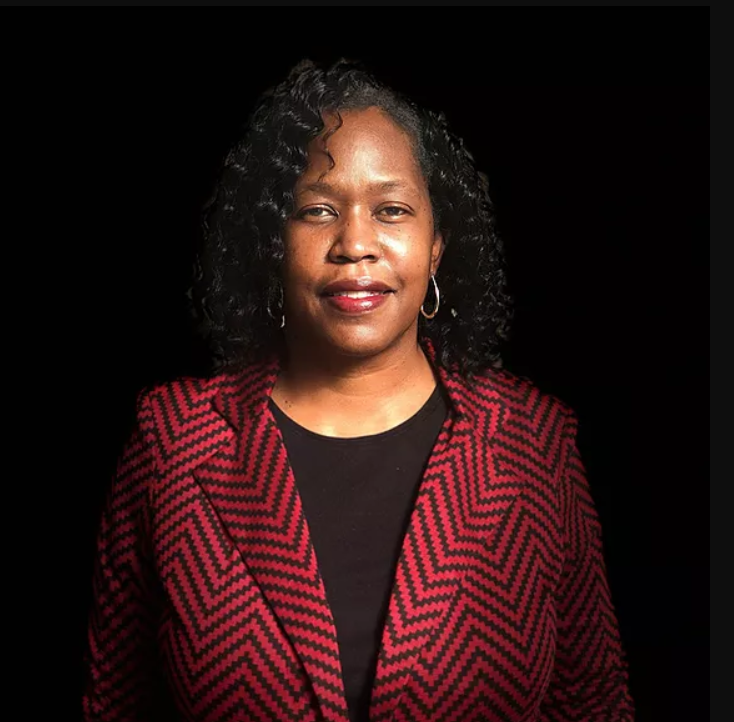
Immersing the child in their culture is a great start, but showing positive examples isn’t the only thing a parent must do. Moore writes that preparing the child to deal with problems they’re bound to encounter is another essential step in their development.
She’s talking about racism. Being called the N-word, discrimination, and experiencing society’s biased perception against people of color (and more) are all things that white parents need to prepare their children for so that when it happens, it’s not as much of a shock.
“It’s a lesson you don’t want to have to teach, but you have to,” Moore said. “I mean, as a parent, it was something that I had already taught my children about. So in the book, I tell parents that they should tell their children about it before it happens, because it will happen and they need to be prepared for it.”
They love each other just like everybody else, regardless of what color they are. They love each other, and they care for each other, but you have to make sure that you still feel comfortable with who you are.
— Tonya Moore
Since white parents haven’t experienced racism, sometimes they forget to teach these crucial lessons to their children.
“I think sometimes with the Caucasian parents raising the Black kids, the kids are not always ready for it,” Moore said. “You have to give them that information. You teach your kid how to cross the street when a car is coming, and you have to teach them about racism, because it’s going to happen, and they have to know what to do. You tell them, don’t let it affect you. Don’t let it hurt you. You just keep moving.”
Acknowledging the differences within a family is also important to building a healthy, strong relationship between parents and child.
“They love each other just like everybody else, regardless of what color they are. They love each other, and they care for each other, but you have to make sure that you still feel comfortable with who you are,” Moore said. “When you’re living in a family like that, you still need to be you. It should be OK for a child to go to their mom and dad who is white or Black and tell them that something happened to them. They’re not afraid to come and tell you because the person who did that to them looks just like you.”
Even though the process of writing a book can be long and challenging, Moore explains that she stayed excited the entire time.
“I just had the will and drive to do it,” she said. “Any chance I got to write or talk to families or do research or call and speak to someone about it sparked more interest. I had a lot of encouragement along the way. It was just a matter of timing. And I didn’t want to rush it. So I took my time.”
Now in 2020, there’s even more to write about.
“With everything that’s going on right now, I think people are more aware of race than they’ve ever been,” Moore said. “I’d like to be able to bring [race] up in a world that is more conscious than I think it was 10, 15 years ago, although we all still experience things, especially as Black people.”




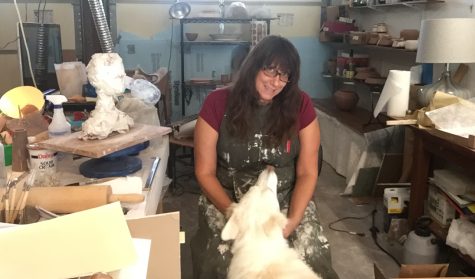
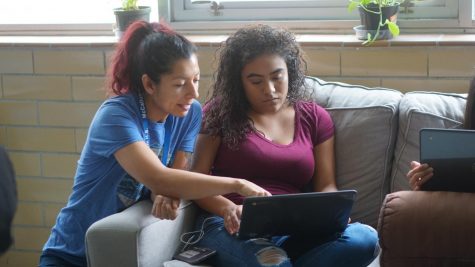
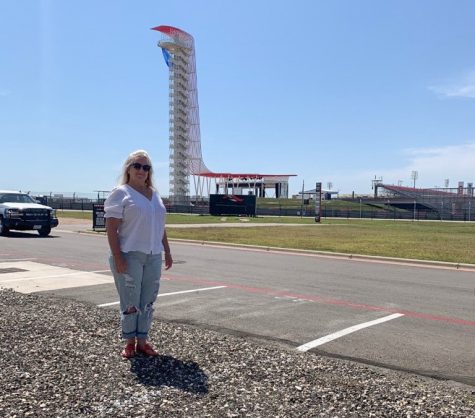
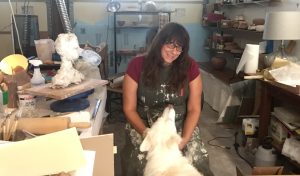
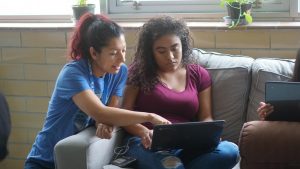


![This is Paul Pews high school graduation photo. The 2023-2024 school year marked his 34th year of teaching. He began his career in Washington, then came to McCallum where he has taught for the past 17. At heart though, he’s really a musician. One that grew up in many different places, including Chicago and California, who took interest in teaching from a young age. His high school choir experience, along with some international singing in college, persuaded him that teaching was his path. He knew he wanted to be able to help create works of art in the fine arts department as well, so he joined McCallum. He’s worked on many of the musicals over the years, even before Joshua Denning, the former theatre director of the fine arts program arrived. Before him was a different director: Tatum.
“I was the music director for all the musicals,” Pew said. “[Mr. Tatum and I] worked very hard, and I just got to the point where I was satisfied with it.” Although he may not be as prominent of a member in the musical theatre community at McCallum anymore, he still plays piano. “I still do a lot of music down at the Music end of the building,” Pew said. Photo courtesy of Paul Pew.](https://macshieldonline.com/wp-content/uploads/2024/07/Paul-Pew-1974-444x600.jpg)
